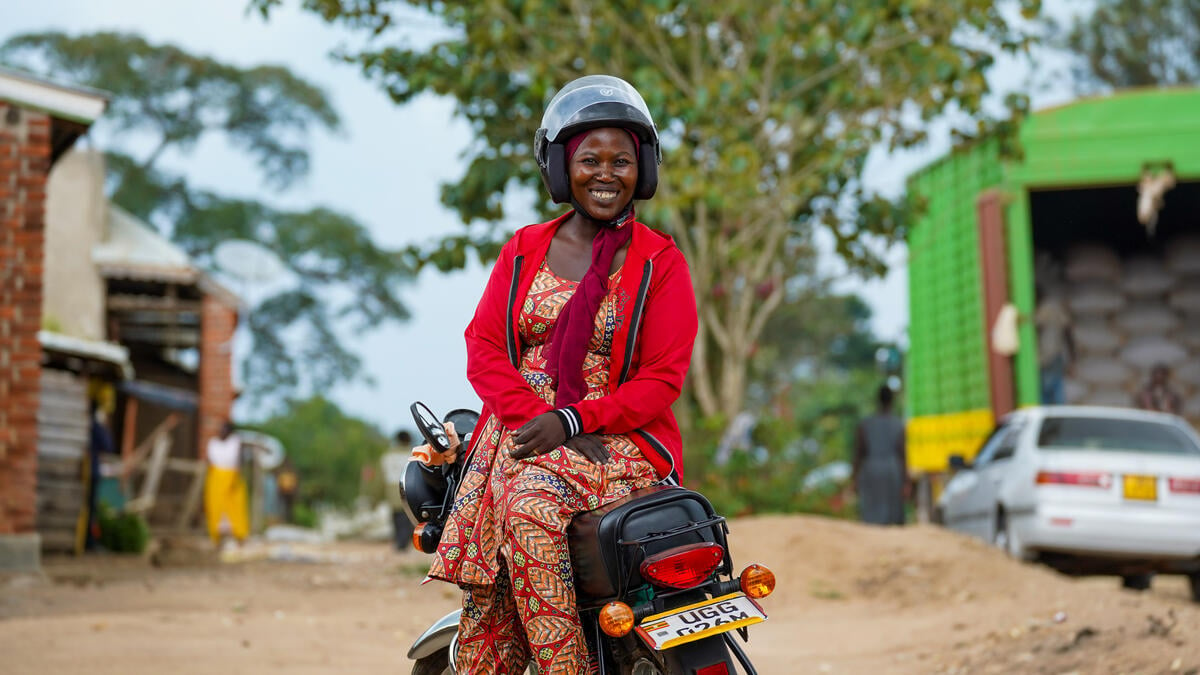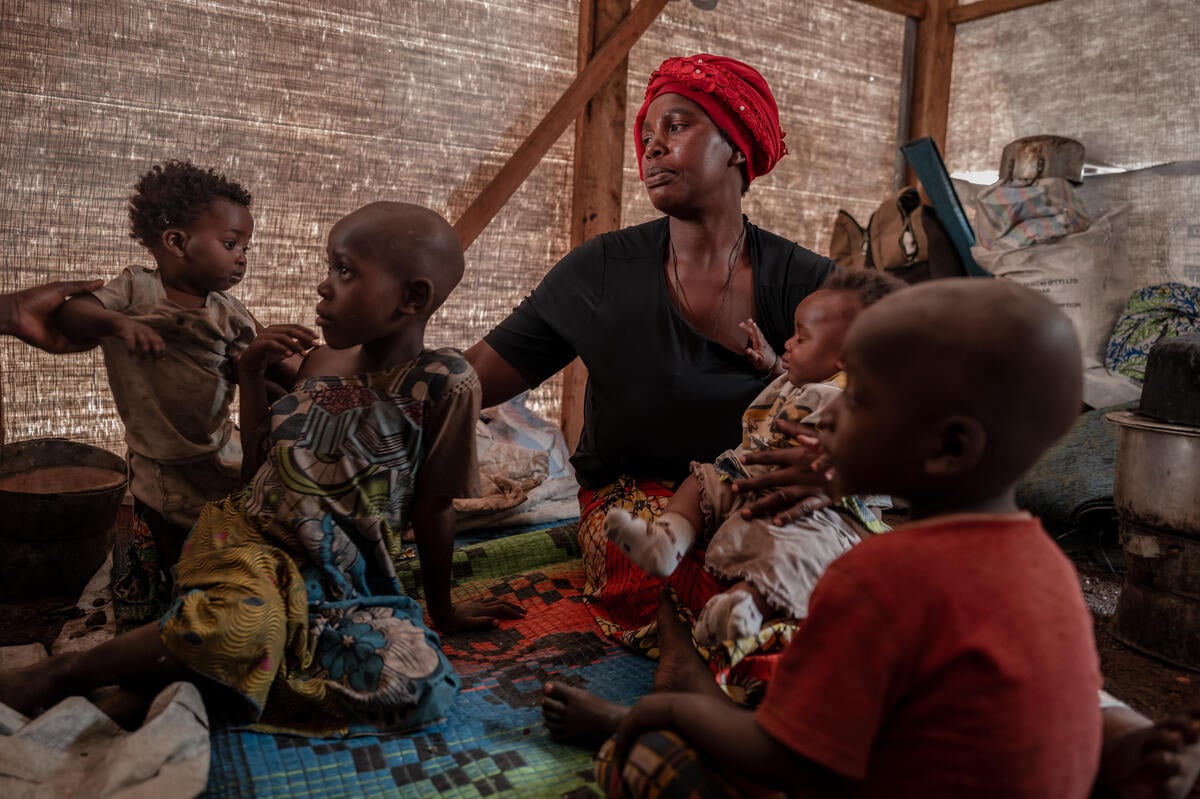DRC: Transfer of vulnerable Kibati occupants to safer camps to begin
DRC: Transfer of vulnerable Kibati occupants to safer camps to begin
UNHCR is ready to start the voluntary transfer of displaced Congolese civilians who find themselves in a precarious situation at the Kibati camps north of Goma, the provincial capital of the troubled North Kivu province of the Democratic Republic of the Congo. The first transfers will include vulnerable persons, children and sick and elderly individuals who will be initially moved to the four existing camps on the western outskirts of Goma (Buhimba, Bulengo, Mugunga I and II) where additional accommodation facilities were identified and where all services are already running. The final decision about the start of the transfer will be made this afternoon in Goma together with all the partners involved in this operation.
Tens of thousands of displaced Congolese civilians in the Kibati camps are in a dangerous situation as the warring parties remain in close proximity. We fear that the civilian population, already in a dramatic and desperate humanitarian situation, could be caught in the crossfire should the fighting resume in the area.
Meanwhile, we and our partners have intensified the pace of building on the Mugunga III site - focusing on essential sanitation and accommodation facilities. The site lies on a hardened lava rock field and the UN peacekeeping force (MONUC) has deployed five heavy earth grinding machines to speed up the levelling of critical areas of the site. The first 16 communal centres (hangars) have already been constructed. Building of other essential structures is progressing well.
Together with our partners, we are also rushing to put in place other facilities to ensure that the voluntary transfer goes as smoothly as possible. Only small children and the elderly will be transported by trucks. Most people will make the 15-kilometre journey on foot. Over the weekend, UNHCR together with its implementing partner GTZ, identified three way stations along the approved route for the transfer of IDPs from Kibati. The proposed route branches off from Kibati on the Rutshuru-Goma axis through a residential area west of Goma. It joins the Goma -Sake road some 5 kilometres away from Mugunga III
Way stations will be equipped with water, high energy biscuits and toilets. There will be medical personnel to treat the sick, as well as social workers to register children that may get lost or separated from their families along the way. Work on these way stations is underway. Personnel of the UN peacekeeping mission (MONUC) will be positioned along the 15 km bypass to the new site to ensure security. In addition, we are preparing 5,000 kits for emergency distribution to the 65,000 IDPs currently sheltered at Kibati. These family kits include a kitchen set, blankets, sleeping mats, jerry cans, plastic sheeting, mosquito nets and a bag for carrying these items. Each kit is for a family of five, so the kits will benefit a total of 25,000 people.
We also welcome yesterday's decision by the UN peacekeeping force to start, as soon as possible, regular night patrols in and around the Kibati camps. This decision follows the fatal incident last Thursday night when in a foiled attempt by soldiers to kidnap a girl, a 20-year-old woman was killed by a stray bullet. Soldiers also looted several huts and working premises of several NGOs working in the camp. Throughout this incident, shots were indiscriminately fired, terrorizing the IDPs in the camp. MONUC's decision will increase the security of the displaced Congolese civilians sheltered there and will help to restore the civilian character of the site. We also hope that this move will help combat the rising number of sexual assaults and raids by armed men, extortion and looting by soldiers.
UNHCR is increasing its logistics capacity in the eastern Democratic Republic of the Congo. We have just redeployed eight vehicles from Kandahar in Afghanistan to Goma. Over the weekend two additional trucks loaded with blankets and rolls of plastic sheeting arrived from our regional emergency stockpile in Ngara, Tanzania.
Meanwhile, in the neighbouring South Kivu province, we are planning to establish a site for the displaced persons at Minova. It is estimated that some 11,000 displaced families still live with host families, in school blocks, government offices and churches. These Congolese civilians fled the hostilities in North Kivu. Works are beginning today, taking advantage of the relative calm and somewhat improved security situation.
Fighting in North Kivu intensified at the end of 2006. By January 2008, it had brought the total number of IDPs in the region to more than 800,000. Since the fighting resumed in August, some 250,000 civilians have fled, many of them already displaced.








